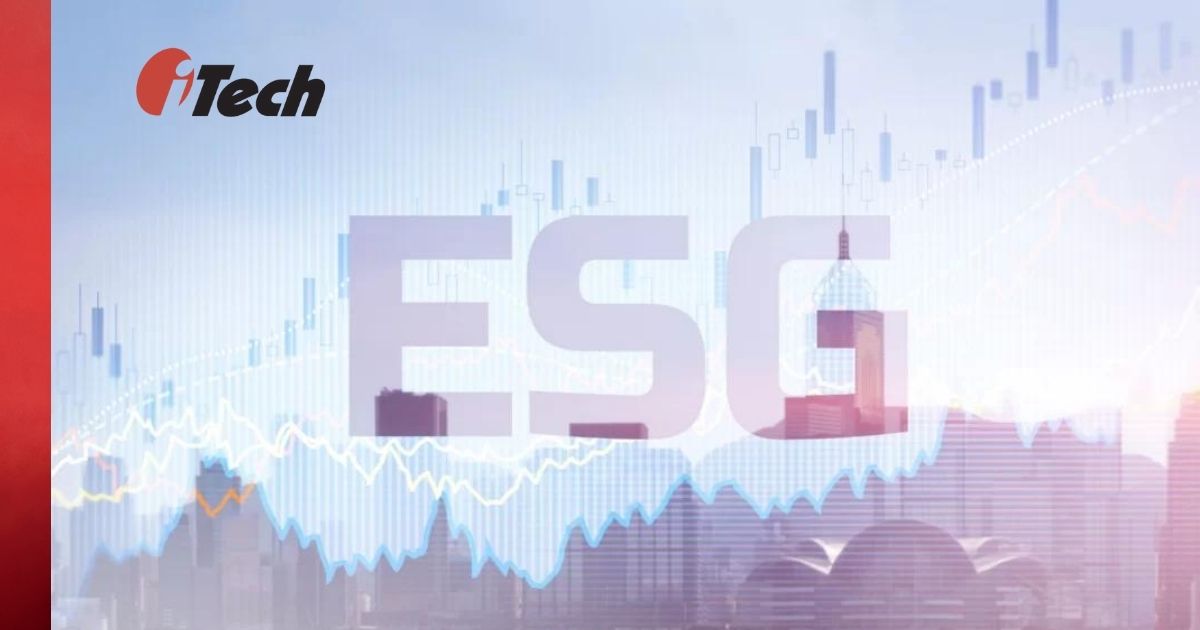Understanding ESG Risks

ESG (Environmental Social Governance) includes metrics that measure social responsibility, environmental sustainability, governance, and shared values. It is becoming increasingly important to businesses, with more than 500 firms now routinely reporting ESG data. Investors, employees, and customers are demanding more transparency from companies to assess their sustainability credentials. ESG risk management is becoming a must-have component in the GRC and risk management space. Prioritizing these risks is critical for organizations if they want to improve their overall sustainability.
ESG Criteria
ESG criteria can be described as environmental, social, or corporate governance factors used to assess an organization’s overall health and growth potential.
Environmental
The types of ESG Environmental Factors include ecosystem and climate Risk, waste management, and other criteria that reflect the company’s responsibilities to society and the environment.
Ecosystem and Climate Risk
This is a broad category, encompassing several factors that relate to the environment. This category includes climate risk, water scarcity, and carbon emissions. These factors can have direct effects on a company’s competitive position. Every company uses energy and resources, and the impact of its operations can affect the environment
Social Criteria
Consider social factors such as a company’s strengths or weaknesses when it comes to dealing with politics, labor, and social trends.
Governance Criteria
Governance factors involve a company’s decision-making processes, as well as the distribution of rights and responsibilities among the participants in an organization. This includes the board of directors, the managers and shareholders, and other stakeholders. Its governance practices encompass financial reporting, information disclosure, and auditing. Any deviation from these obligations could affect a company’s reputation, revenue, and longevity. As such, it is essential to understand governance to determine the appropriateness of an organization’s policies and how they affect society.
ESG Risk Management
The goal of ESG is not just to maintain a good reputation, but to become a better business. Therefore, with the right ESG risk management strategy, you can make informed business decisions that reflect the highest standards of ethics and transparency.
Understanding ESG risk is crucial for any business operating in 2022. A clear picture of these risks helps with allocating resources more effectively, combating rising costs, improving employee retention, and staying in compliance with new and current regulations. It also provides insight into how a company should be communicating its values to comply with stakeholder expectations.
Identifying ESG risk is vital for your business’s reputation. By identifying factors that are likely to impact your bottom line, you can avoid any negative impact on your reputation and financial performance. The best way to identify these risks is by conducting an ESG risk assessment.
ESG Risk Assessment
An ESG risk assessment can help you identify the most relevant risk factors in your business. By assessing each of these factors, you can determine which are the most important for your company. While it is one thing to say companies should conduct an ESG risk assessment, it is a whole other thing to say how they should be done. Although ESG is not a new concept, it is still relatively undefined. This makes it difficult to accurately assess risks.
As ESG frameworks grow in popularity, more organizations are using them. There are dozens of frameworks that have different objectives, varying focus, and metrics. Unsurprisingly, this is a major problem for the global market. If ESG standards are not standardized, then their power decreases dramatically. As a result, the average consumer and employee will not understand them. Thus, the lack of a global standard prevents a straightforward comparison of the data.
As a result, the industry’s publications have been trying to standardize the language so that it is easier to understand and manage. A global framework would be the most ideal situation, thankfully the World Economic Forum is leading the way by leveraging existing standards and acting as a catalyst for developing global standards.
ESG Management Tools
Lastly, a broader range of metrics is necessary to ensure compliance with the standards. The use of data tools is important for measuring and assessing compliance. There are several tools that aid businesses in their ESG initiatives. Cybersecurity solutions help protect critical information and take a proactive approach to IT and cyber risks. Governance solutions improve the monitoring and collection of sustainability data.
